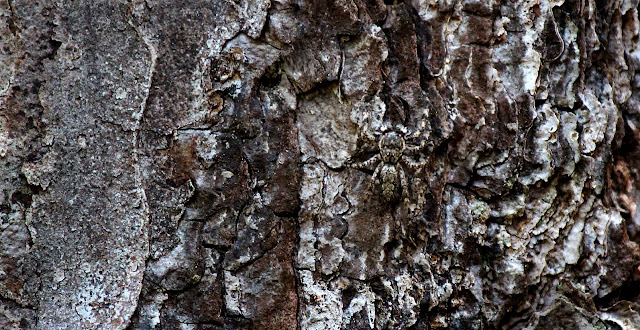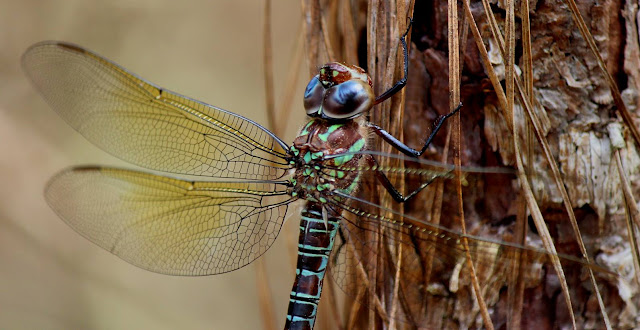Big Thicket National Preserve, East Texas (March, 2016)
Big Thicket National Preserve is the name given to a region of a heavily forested area in Southeast Texas in the United States. It is a highly biodiverse area for a temperate region, that has been described as "America's Ark" and the "Biological Crossroads of North America". The National Park Service established the Big Thicket National Preserve (BTNP) within the region in 1974 and it is recognized as a biosphere reserve by UNESCO.
Big Thicket National Preserve, East Texas (March, 2016) | Flickr
More than 160 species of trees and shrubs, 800 herbs and vines, and 340 types of grasses are known to occur in the Big Thicket, and estimates as high as over 1000 flowering plant species and 200 trees and shrubs have been made, plus ferns, carnivorous plants, and more. The Big Thicket has historically been the most dense forest region in what is now Texas.
Native Americans are known to have lived and hunted in the area nomadically, but did not establish permanent settlements there before the Alabama–Coushatta settled in the northeast about 1780. Spanish explorers and missionaries generally avoided the area and routed their roads around it. Logging in the late nineteenth and twentieth centuries dramatically reduced the forest concentration. (Wp)
Several images follow:









































































Comments
Post a Comment